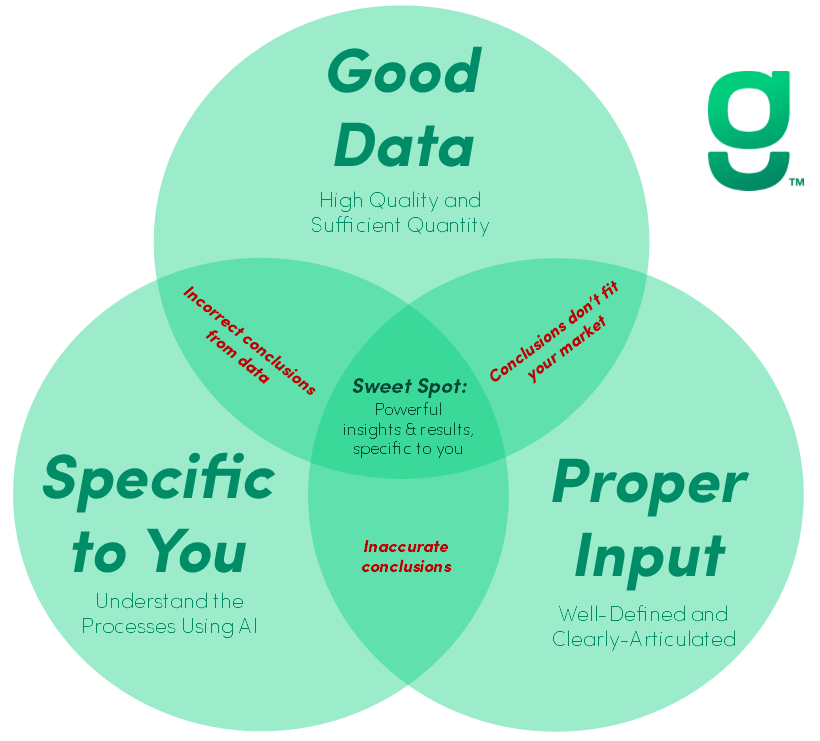Artificial intelligence is all around you. You have been using it for a while, probably without even knowing it. Gmail finishes your sentences. Your phone corrects your spelling and grammar. Instagram decides what to show you next. Spotify creates perfect playlists of new music. Advertisements know exactly what you’re thinking. You use AI hundreds of times a day.
